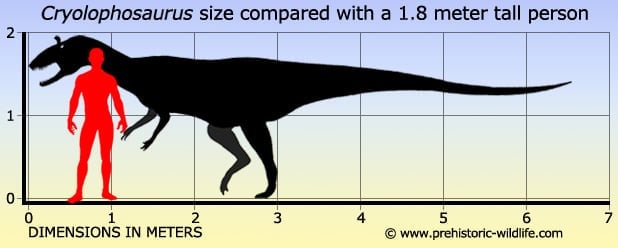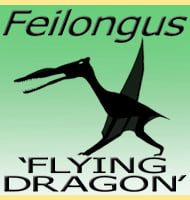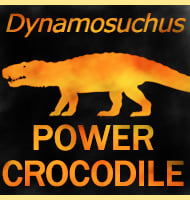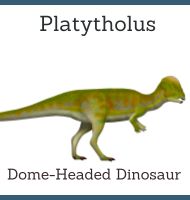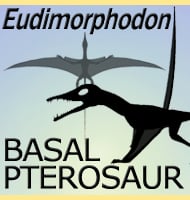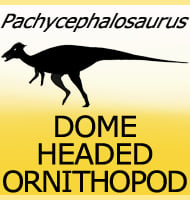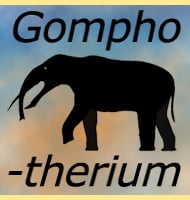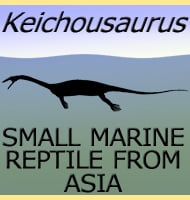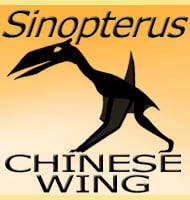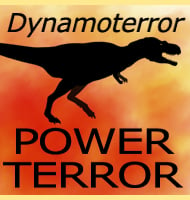In Depth
Today Antarctica is often referred to as a frozen wasteland, but back in the Jurassic it actually had an extensive covering of forest, something which is confirmed by the presence of fossilised tree trunks found near the remains of Cryolophosaurus. Many of the early Jurassic theropods had display features on top of their skulls with some including Dilophosaurus that had two double crests, and Ceratosaurus that had horns. Cryolophosaurus however had a forward facing fan shaped structure that rose up from the top of the skull just in front of the eyes. Also the crest is furrowed, giving it the appearance of several ridges rising up vertically rather than a smooth surface.
The only credible function for this growth is that it was a display feature that allowed Cryolophosaurus to recognise other members of its species as well as possibly to attract mates. For this purpose the crest may have actually been coloured differently from the rest of the body, with colouration becoming more vivid during the breeding season. Additionally since the holotype material is thought to possibly represent a sub adult, it’s possible that the crest may have been slightly larger in fully grown adults.
Although not many dinosaurs are known from Antarctica, the size of Cryolophosaurus makes it one of the larger theropod dinosaurs of the early Jurassic, with larger forms becoming more common toward the mid to late Jurassic. As such it is possible that Cryolophosaurus was an apex predator of Antarctica where it may have preyed upon basal sauropodomorphs like Glacialisaurus which is also known from the Hanson Formation.
However in depth study of land masses and where they were in different ages has revealed that while Antarctica was more temperate along its coastlines during the Jurassic, the interior may have still been too cold to become colonised by dinosaurs. This can be explained with the Jurassic oceans being warmer so that off shore air currents passing over them would pick up their warmth, raising ambient temperatures for possibly many kilometres inland so that these parts of Antarctica would have been more tolerable for permanent habitation. As often happens with earlier dinosaurs, classification of Cryolophosaurus in relation to other theropods has been difficult because it shows a mix of primitive and advanced theropod features. The skull structure of Cryolophosaurus suggests that it may have been one of the first tetanurian (stiff tailed) theropods, which has implied a relation to others such as Yangchuanosaurus and Sinraptor. A later study however (by P. Currie, N. D. Smith and W. R, Hammer) has since found Cryolophosaurus to be more similar to Dilophosaurus and Dracovenator, although Cryolophosaurus was still considered a basal tetanurian.
The species name C. ellioti is named after David Elliot, the person who made the initial discovery of the Cryolophosaurus fossils. Before its current name was widely known, Cryolophosaurus was referred to by its nickname of ‘Elvisaurus’ because of its crests similarity to the pompadour haircut that was made famous by Elvis Presley.
Further Reading
– A crested theropod dinosaur from Antarctica – Science 264:828-830 – W. R. Hammer and W. J. Hickerson – 1994. – Osteology and phylogenetic relationships of Cryolophosaurus ellioti (Dinosauria: Theropoda): Implications for basal theropod evolution – Journal of Vertebrate Paleontology 25 (3): 116A–117A. – N. D. Smith, W. R. Hammer & P. J. Currie – 2005. – The dinosaurs of the Early Jurassic Hanson Formation of the Central Transantarctic Mountains: Phylogenetic review and synthesis – In Cooper, A. K.; Raymond, C. R.; et al. Antarctica: A Keystone in a Changing World––Online Proceedings of the 10th ISAES. USGS Open-File Report 2007-1047, Short Research Paper 003 – N. D. Smith, P. J. Makovicky, D. Pol, W. R. Hammer & P. J. Currie – 2007. – Osteology of Cryolophosaurus ellioti (Dinosauria: Theropoda) from the Early Jurassic of Antarctica and implications for early theropod evolution. – Zoological Journal of the Linnean Society. 151 (2): 377–421. – N. D. Smith, P. J, Makovicky, W. R. Hammer & P. J. Currie – 2007. – An enigmatic theropod Cryolophosaurus: Reviews and Comments on its paleobiology. – Volumina Jurassica. 17: 1–8. – Yun Chan-gyu – 2019.
